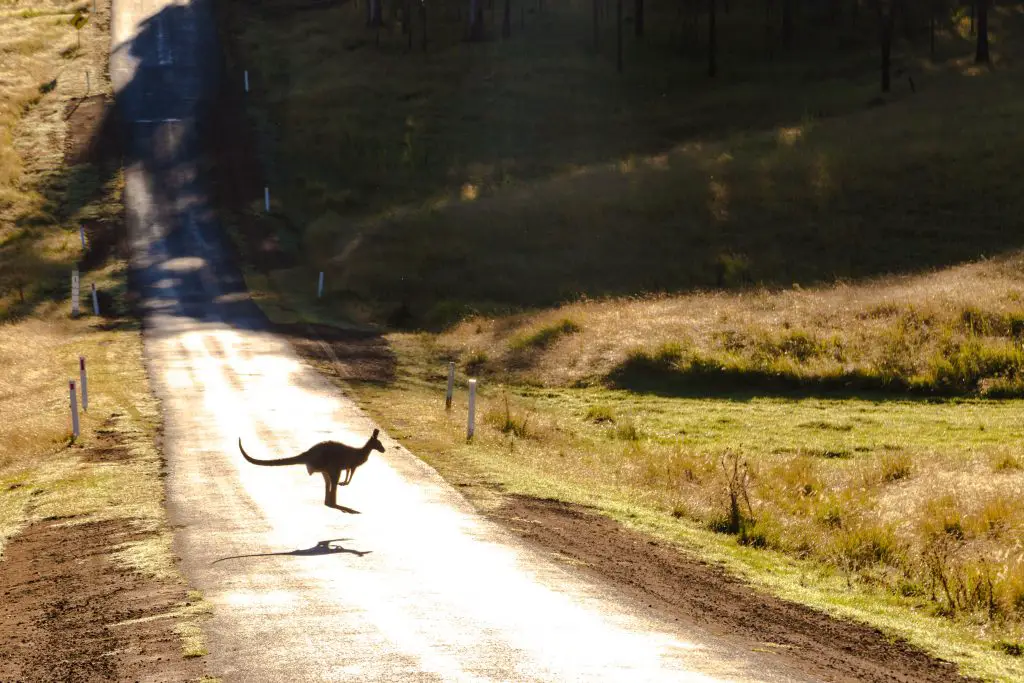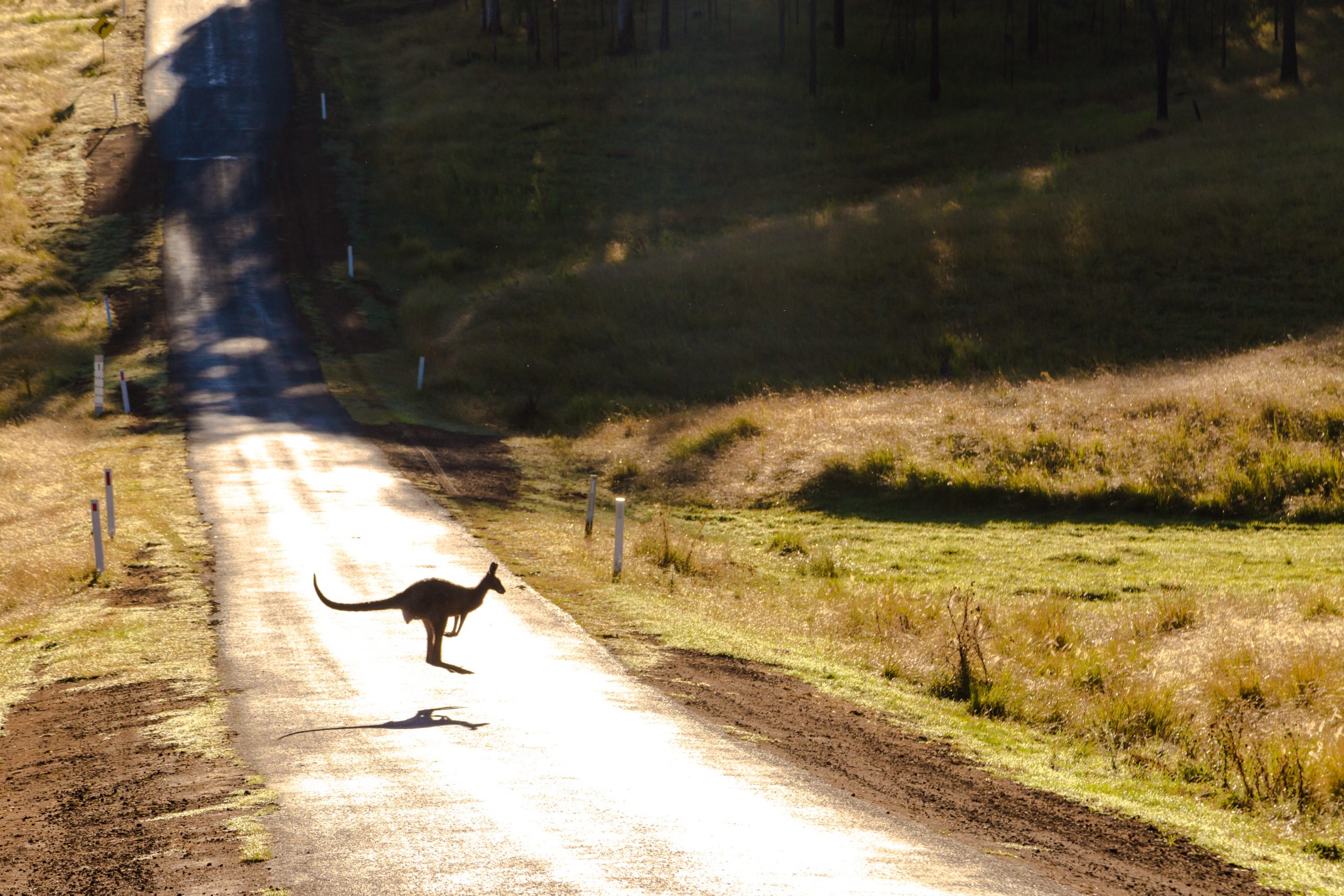Last Updated on May 13, 2023 by Dwayne Easton
Every year, millions of kangaroos in Australia are shot by professional “Roo Shooters.” Recreational hunters can obtain permits and tags in some states to hunt kangaroos.
A friend of mine is a Queensland resident and in 2018, I get to see him in action. My friend also have 20 tags that allow him to take a Kangaroo from any of the species allowed in his area. This post will be dedicate to his POV and his experience hunting Kangaroo.

I prefer to hunt roos outdoors in daylight rather than shooting them under the spotlight at night. This is something I do for many reasons. One reason is that I prefer to hunt my animals during daylight. My taking of roos can be very selective. It is only one part of a day spent in the bush. It is also much easier to work in daylight because I bone my animals in the field.
I prefer to work in a patch of gidgee scrub, where the roos are more numerous during the day. This is my preferred method. I will stalk a group of animals and then assess their likely targets.
Young bucks are better than young does. After inspecting the roos with my 8×20 compact binoculars, and selecting an animal, I am ready to take a shot. The 223 Remington is my choice of caliber. This hunting requires head shots to ensure instant death.
A Browning 1885 single shot rifle with a Kahles 3–9×40 scope is my favorite. I load 55 grain Nosler ballistic tip projectiles with 25.5 grains Benchmark 2 propellant. This gives me a speed of just over 3,200 feet per sec.
The gidgee can be viewed from a distance of approximately 50-120 metres. Although I have the option to take longer shots, it is not necessary to get a good head shot.
The 55 grain Nosler BT is a devastating impact on a kangaroo’s skull and causes instant death. The animals usually bleed out well after the damage. If the bleeding is not excessive, I will open the animal’s jugular vein and cause a full bleeding.
While I prepare my knives, I let the roo settle for a few minutes. Although the animal is completely brain dead, there may be some twitches or other body movements for a few minutes after its death. Kangaroos are strong and have large hind claws.
Hunters should be aware of the dangers of being kicked by the strong hind legs of the roo, especially if they are using razor-sharp knives. It is best to let the carcass rest for a while.

After attaching a tag to the roo’s ear, I then begin skinning the animal while it is still on the ground. Since I was usually on foot and carried very little gear, I have been butchering the animals on the ground for many years.
With the purchase of a Polaris ATV I have been able to carry a pulley system and a gambrel system that allows me to lift animals to a comfortable height.
After removing the skin from the hind quarters, I bone out the loin, rump and back, one-piece, from each side. Next, I bone the additional thighs muscles. Then I remove the muscle tail and the butt. These are the largest cuts of meat on the carcass.
If I’m also looking for dog food, I’ll also take the small arm, shoulder and tail. The tag and ear were removed. I placed the bag in a freezer bag.
The meat is then placed in freezer bags and sealed. This prevents flies, dust, and other bush debris from getting into the meat while it is being transported on a back pack or on a tray for the quad bike.
I don’t want the meat to be chilled immediately. Instead, I let it cool at ambient conditions (I hunt in the cooler winter months), and then I put it back in a fridge later in the day.
After the meat has been in the fridge for a few days, I open the freezer bags to inspect it for any signs of contamination. If I find something, I will trim the affected area.
The meat is then sealed in a vacuum bag. I then eat the kangaroo meat I brought home and remove the tags. I return the tags to my government department according to their specifications.
Kangaroo meat really is the new designer meat of the twenty-first century. There are no parasites or diseases to worry about. It is low in fat, and contains the right amount of cholesterol and triglycerides. There would be significant ecological benefits from the widespread use of free-range roos over sheep and cattle grazing. It is regrettable that so-called green groups are blindly and willfully opposed to the promotion of the roos meat industry.
Here is a great video break down on why you can/can’t hunt kangaroo in Australia:

